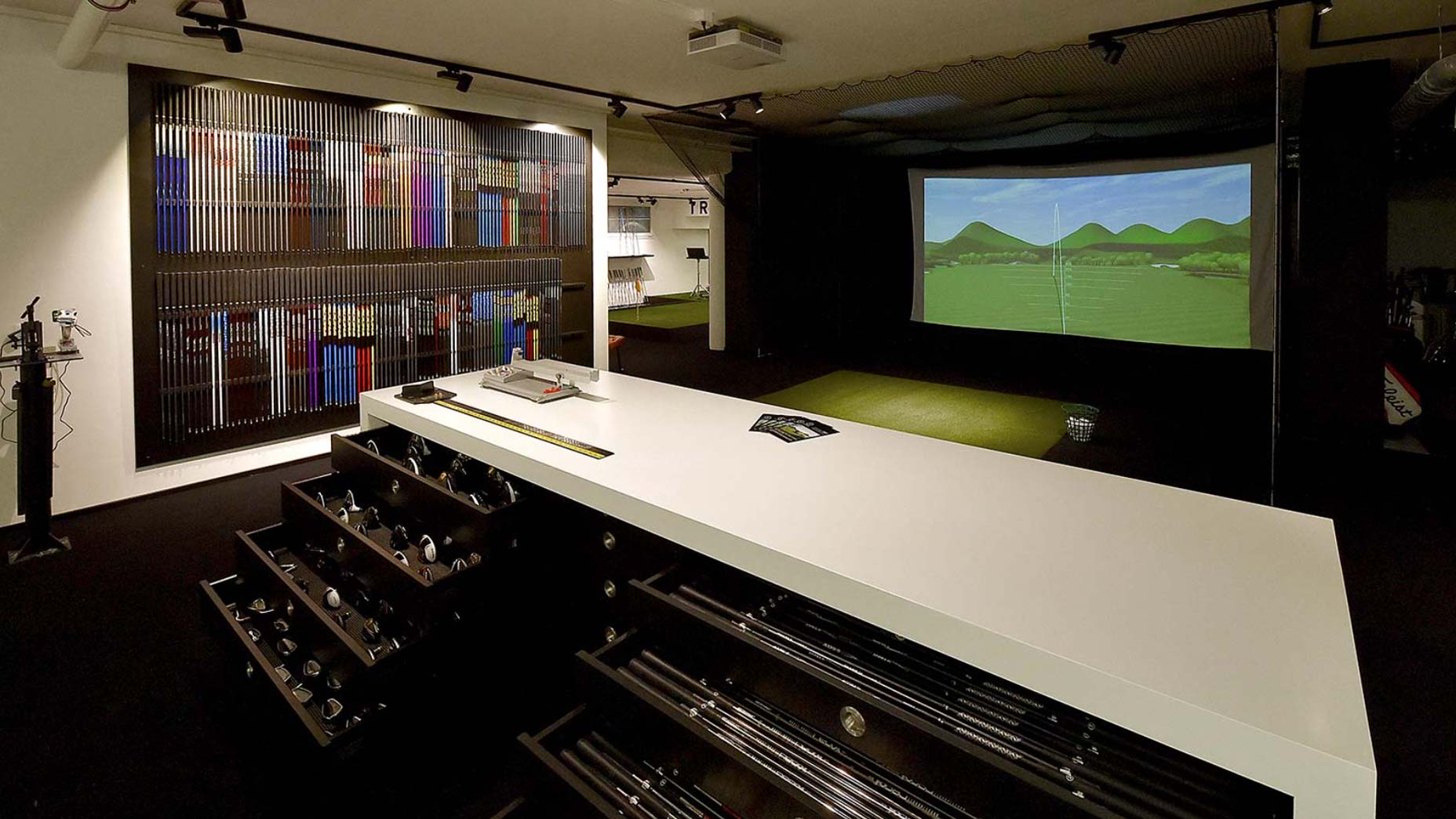Welcome to another edition of the Fully Equipped mailbag sponsored by Cleveland/Srixon Golf, an interactive GOLF.com series in which our resident dimplehead (a.k.a., GOLF’s managing editor of equipment, Jonathan Wall) fields your hard-hitting gear questions.
Would getting a club fitting help even if you couldn’t buy new clubs right now? Looking at maybe adjusting what I have currently and buying later. — Scott Collins (3 handicap)
This is a valid question for many golfers out there. Assuming you can actually secure a new set of clubs — an uptick in new golfers and Covid have wreaked havoc on production cycles — there’s a good chance they’re coming with a price tag that will get your attention. That might not be an issue for some, but it could very well give you pause before plunking down a credit card.
Most assume you’re on the hunt for something new and want to see how it stacks up against your current setup if you’re going through a fitting — but that doesn’t always have to be the case.
I’m going to assume you have a good handle on your current setup as a single-digit handicap and don’t need a rundown on the things to look for due to normal wear and tear. What I will say is it pays to take your clubs to a club builder or fitter at least once a year — usually before the start of the season — to ensure your specs, particularly loft and lie angle, are in good shape. (Use Max Homa as a cautionary tale for what can go wrong if you neglect your specs.)
A club-fitter will be able to give you a thorough “blueprinting” and determine if there’s a club or two in your current setup that needs a closer look, which is what it sounds like you’re trying to accomplish.
XXIO Prime
“I don’t think it’s a requirement to get fit for something new,” said Kris McCormack, True Spec’s vice president of tour and education. “We offer a fitting and gap analysis, which is essentially testing your current clubs to make sure dynamic lie is correct as you come through impact, so the turf interaction stays consistent. Also doing a thorough blueprint to make sure the lengths, swing weights, lofts and lie angles are cascading through that set accordingly. It also helps to identify if there are any issues with current performance.
“Even with your current set, we might be able to identify what I like to refer to as a ‘rat in the bag,’ where you might hit the 5-iron and 7-iron great, but for some reason, that 6-iron goes left on you. There might be something going on with how the club is built. When we do the testing and blueprinting, that gives us an opportunity to identify a problem spot and find a way to fix it. There’s always a benefit to testing, regardless if you’re buying something new.”
Going through a fitting with your current setup is a great way to determine if anything needs to change down the road, even if you don’t intend on buying a new club or two in the near future.
Want to overhaul your bag for 2021? Find a fitting location near you at GOLF’s affiliate company True Spec Golf. For more on the latest gear news and information, check out our latest Fully Equipped podcast below.
